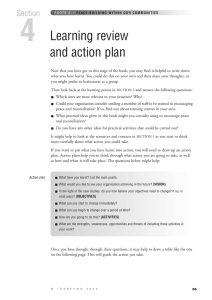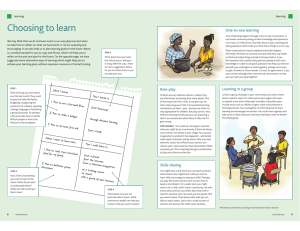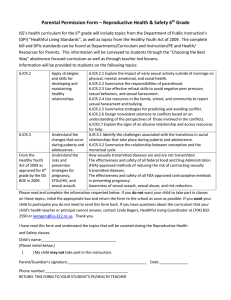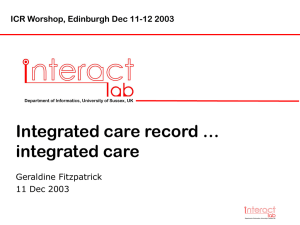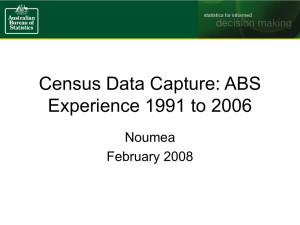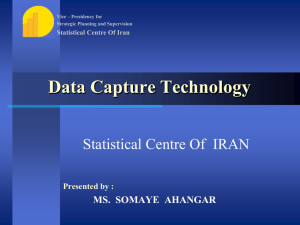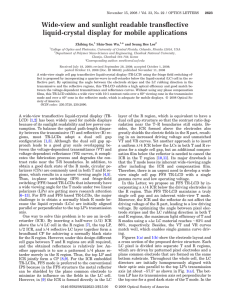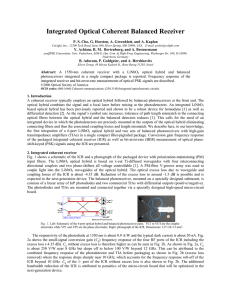Integrated Care Records: Lessons Learnt from ICR Initiatives
advertisement
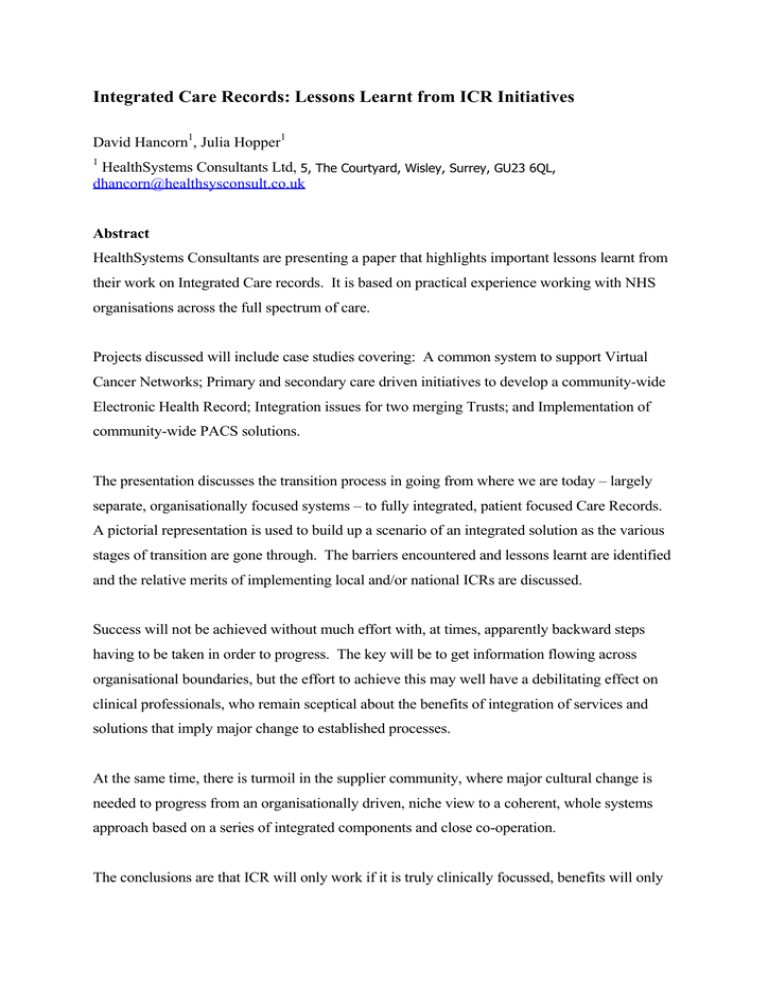
Integrated Care Records: Lessons Learnt from ICR Initiatives David Hancorn1, Julia Hopper1 1 HealthSystems Consultants Ltd, 5, The Courtyard, Wisley, Surrey, GU23 6QL, dhancorn@healthsysconsult.co.uk Abstract HealthSystems Consultants are presenting a paper that highlights important lessons learnt from their work on Integrated Care records. It is based on practical experience working with NHS organisations across the full spectrum of care. Projects discussed will include case studies covering: A common system to support Virtual Cancer Networks; Primary and secondary care driven initiatives to develop a community-wide Electronic Health Record; Integration issues for two merging Trusts; and Implementation of community-wide PACS solutions. The presentation discusses the transition process in going from where we are today – largely separate, organisationally focused systems – to fully integrated, patient focused Care Records. A pictorial representation is used to build up a scenario of an integrated solution as the various stages of transition are gone through. The barriers encountered and lessons learnt are identified and the relative merits of implementing local and/or national ICRs are discussed. Success will not be achieved without much effort with, at times, apparently backward steps having to be taken in order to progress. The key will be to get information flowing across organisational boundaries, but the effort to achieve this may well have a debilitating effect on clinical professionals, who remain sceptical about the benefits of integration of services and solutions that imply major change to established processes. At the same time, there is turmoil in the supplier community, where major cultural change is needed to progress from an organisationally driven, niche view to a coherent, whole systems approach based on a series of integrated components and close co-operation. The conclusions are that ICR will only work if it is truly clinically focussed, benefits will only be optimised if ICR is operational rather than enquiry only and the solution must be patient focused and must not be orientated to organisation or care setting. Above all, there must be clinical buy-in!

